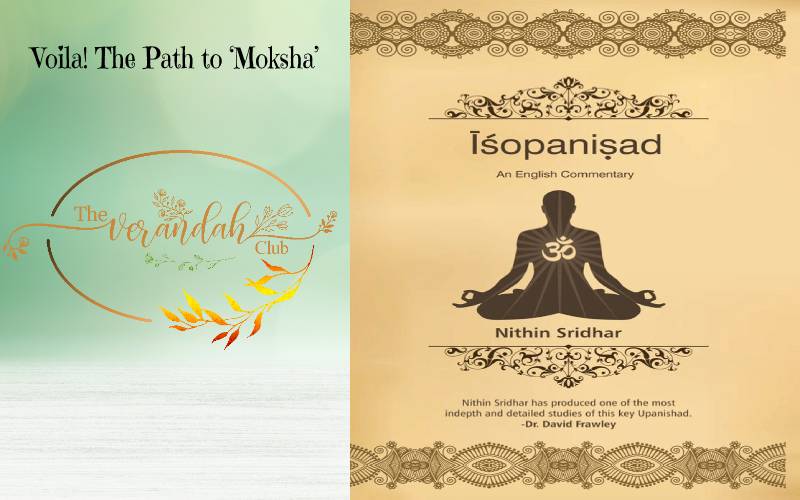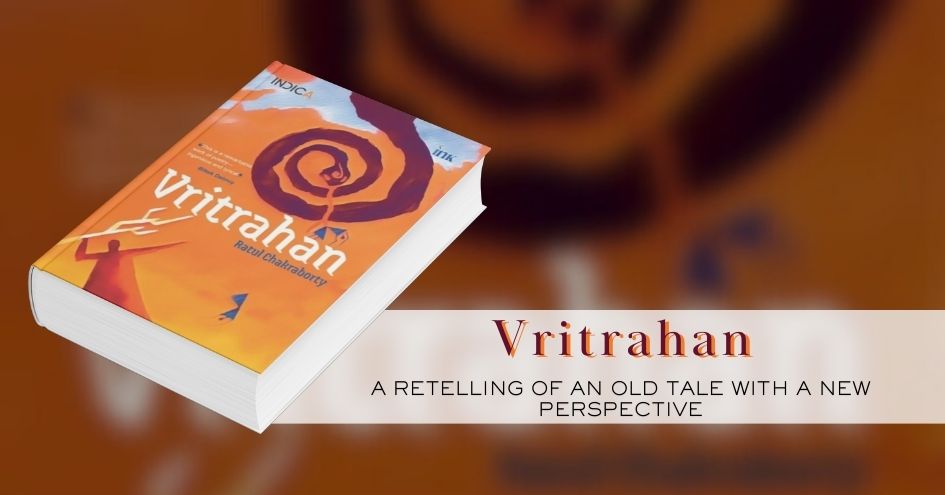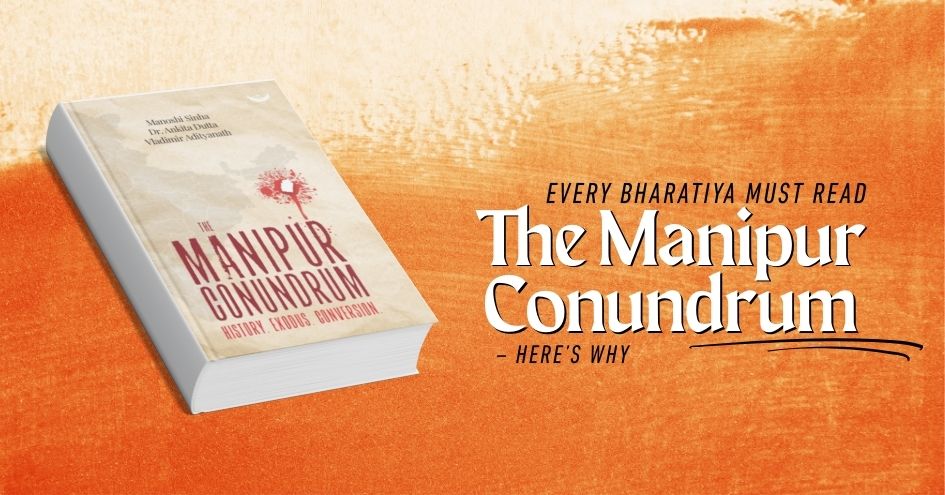
Name: Iśopanisad: an English Commentary
Genre: Spirituality
Author: Nithin Sridhar
Pages: 196
It is a general feeling that Vedas and Upanishads are meant for spiritual beings and for those who seek the path of renunciation and finally salvation. Seems quite challenging, right? However, Nithin Sridhar’s book ‘Iśopanisad: an English commentary’, talks about the briefest yet the most profound ‘Iśopanishad’ that is merely 18 verses long. Initially, the ‘Iśopanisad’ was interpreted by Sri Adi Sankaracharya. He propagated the doctrine of Advaita (Non-dualism). This means that the Atman (Self) and the Brahman are one and the same (Greater/higher truth). Brahman is present in each and every being.
The author points out that despite being the shortest of the Upanishads, it is meant for householders to set the path for their salvation. Indeed, the need of the hour.
The book talks about the practical application of the content of the verses in everyday life. It also motivates the readers to apply the high truths presented by the Upanishads in life. So, is it as easy as it appears to be? The answer lies in the book. This Upanishad targets householders who are embroiled in the material world and are pretty clueless about the path of moksha.
For instance, the householders are divided into three categories: Those who know about the greater truth; those who are still bound by the Karmic cycle, yet wish to achieve the greater truth; and those who live their lives based on their whims and fancies. They have no desire to achieve the higher truth. So, talking about people who are attached to the material world, the author explains that they either perform karma or follow the path of bhakti. Naturally, the results of each practice are different. Thus, to seek & attain the higher truth, one needs to perform both. Indeed, an enlightening information. The second part of the book is a guide towards achieving the same.
The explanation begins with the Śanti mantra that emphasises the fullness or the completeness of God (also referred as Brahman). Nithin explains how despite being in the midst of Maya (Illusion), it could seldom affect the complete nature of God. Through the journey of this Upanishad, the book throws light on concepts like Brahman, Jñani, Atman, Niśkarma and Mukthi. Seem like lofty and difficult to achieve terms? Interestingly, there is also a special prayer to Lord Agni (To burn down the Karma) and Lord Surya (To remove the thoughts of ignorance). Yes, but understanding them from Adi Shankaracharya’s point of view could definitely make them seem more achievable.
The author Nithin Sridhar has made a laudable effort in making the interpretation of ‘Iśopanishad’ accessible even to the layman. However, he does so without diluting the essence of the verses. Technically sound, yet task achieved.
Janani Rajeswari is a freelance journalist who feels writing is a way of staying happy and positive. She teaches foreign languages. She also loves music, pets, books, movies, art and craft and learning new languages.
NEXT ARTICLE

Saiswaroopa Iyer is an author who needs no introduction. She is one of the authors who pioneered Puranic fiction in India with books exploring tales f...

Indra killed Vritra using his Vajra. Once again, good won over evil and dharma over adharma. This is a story most Bharatiyas know. The story is a pa...

The recently-released book on Manipur titled The Manipur Conundrum – History. Exodus. Conversion. – is the result of tiring efforts by three Bharatiya...